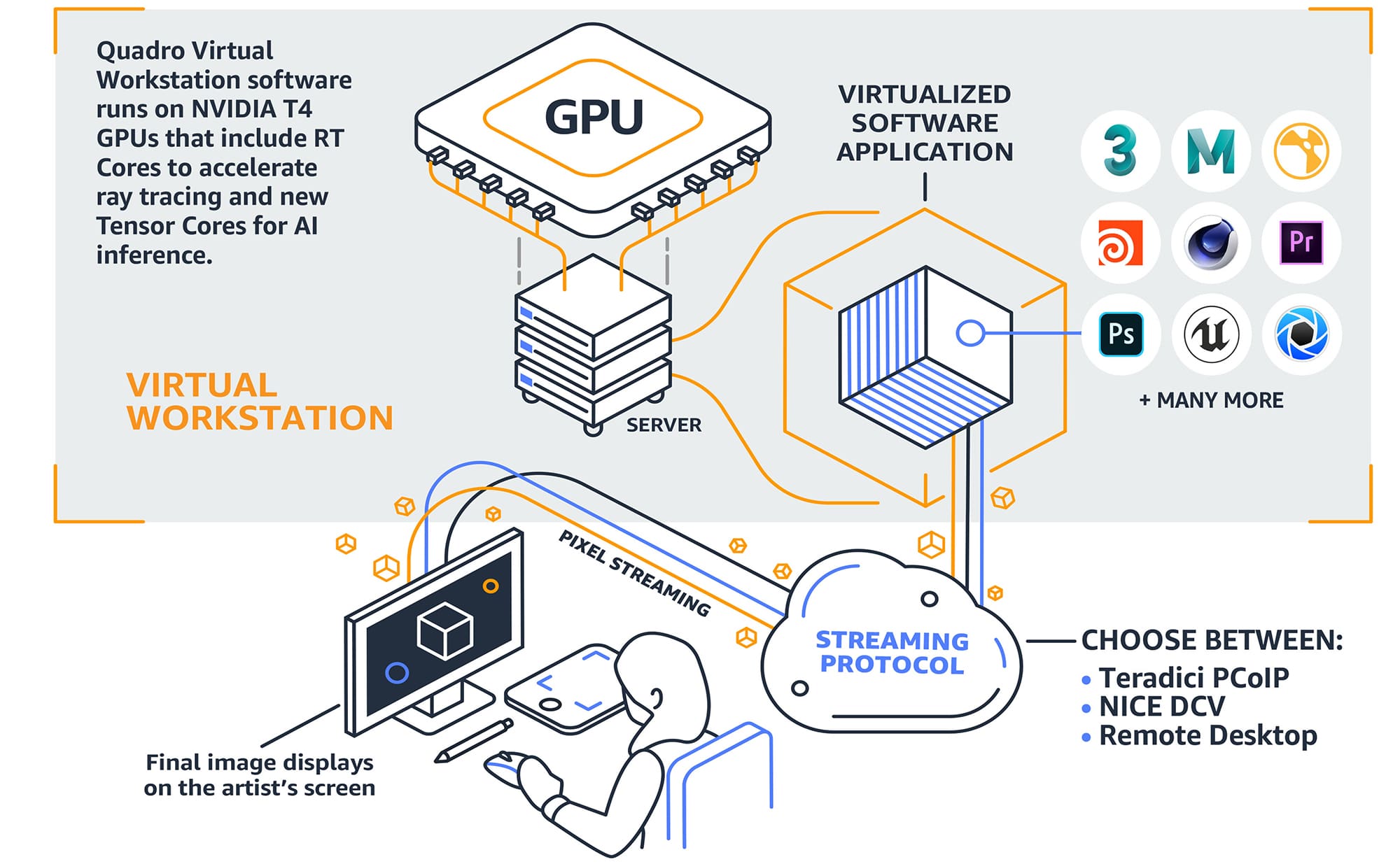


PCoIP allows a true multiple-monitor session rather than a span mode session. If you use PCoIP, the display protocol from VMware, you can adjust the display resolution and rotation
#PCOIP PROTOCOL ENCRYPTION FULL#
RAM and 2 virtual CPUs, you can use PCoIP to play 480p- and 720p-formatted videos at native resolutions.įor 1080p, you might need to make the window smaller than full screen size.
#PCOIP PROTOCOL ENCRYPTION WINDOWS 7#
Although MMR is not supported on Windows 7 virtual desktops, if the Windows 7 desktop has 1GB of.MMR is not supported on Windows 7 clients or virtual desktops.For users outside the corporate firewall, you can use this protocol with your company’s virtual private network or with View security servers.PCoIP supports Advanced Encryption Standard (AES) encryption, which is turned on by default.You can copy and paste text between the local system and the View desktop, but you cannot copy and paste system objects such as folders and files between systems.You can use up to 4 monitors and adjust the resolution for each monitor separately, up to 2560 x 1600 resolution per display.PCoIP is optimized for delivery of images, audio, and video content for a wide range of users on the LAN or across the WAN. PCoIP can compensate for an increase in latency or a reduction in bandwidth, to ensure that end users can remain productive regardless of network conditions. This protocol is available for View desktops that are sourced from virtual machines, Teradici clients, and physical machines that have Teradici-enabled host cards. PCoIP is a new high-performance remote display protocol provided by VMware. Isn’t it time you looked at what VMware View and PCoIP have to offer? Now that there is a server off-load card supporting View PCoIP virtual machines, the overhead of display processing opens-up opportunities for denser View servers (or does it?) Here’s what VMware says about PCoIP in the “VMware View Architecture Planning Guide, View 4.6”


 0 kommentar(er)
0 kommentar(er)
